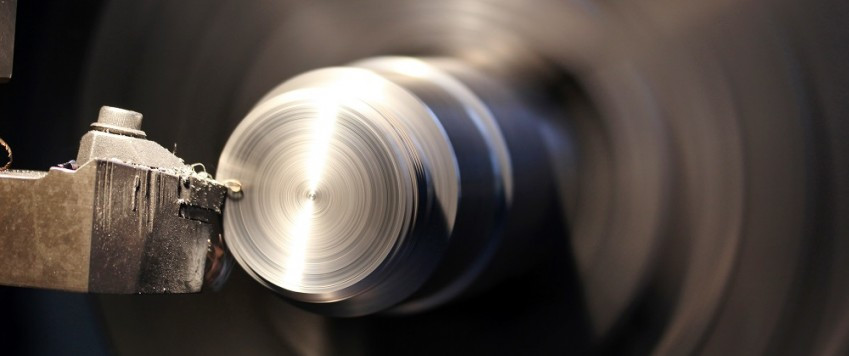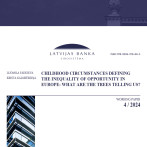At the end of the year, manufacturing fosters economic growth

According to the data published by the Central Statistical Bureau, in December 2016, the amount of manufacturing production increased by 1.8% (seasonal effects excluded), and the year-on-year growth remained very high at 11.7% (working-day adjusted data). In 2016 overall, manufacturing produced 5.0% more production (working-day adjusted data) than in 2015. Thus manufacturing was among the greatest contributors to the growth of gross domestic product (GDP).
2016 can be said to be a rather successful year. The branch achieved the fastest growth in recent years. Over the year, the impact of Russian sanctions also diminished. This was replaced by anxiety over Brexit, but, from today's perspective, it cannot be considered crucial. Evidence is, for instance the fact, that wood industry was the greatest contributor to growth in 2016 and the United Kingdom is an important export destination for it.
The amount of wood industry production in 2016 grew by 7.5%, which is a very good result. This resulted from investments made in previous years both in increasing full load capacity and diversifying the production.
The second biggest sub-branch of manufacturing – food production – also finished the year with a positive rate of growth, 0.9%. Even though is some segments the inaccessibility of the Russian market is still felt, overall, the businessmen of the branch have succeeded in increasing output.
It is becoming a custom to acknowledge the production of computers, electronic and optical equipment as the fastest growing branch in Latvia; its giant "Mikrotīkls" continues to raise its output (15.5%). Notable results were also the case in the production of metal products (8.8%), construction materials (11.1%) and equipment and mechanisms (7.8%). The only two branches, in which output went down substantially was the production of wearing apparel (-3.7%) and chemicals (-1.7%). Owing to the very good power generation indicators at the end of the year, the output of the power branch increased in 2016 by 6.4%.
The real amounts (at constant prices, however, do not provide a full picture of the situation of manufacturing enterprises. It must be taken into account that on the nominal side (in monetary terms) the situation was weaker. That is, the sales of finished products expressed in actual prices increased by a mere 1.5% in 2016, dropping in the domestic market by 0.3% and increasing in the export markets by 3.4%. Why is it important? It is so because these indicators provide a better reflection of the financial situation of the branch enterprises. A partial explanation between the amount of production and sales volumes is, of course, price dynamic. In 2016, the producer price index dropped by 1.4% year-on-year. The rest is in all likelihood explained by the increase in the stocks of finished production in some branches e.g., production of construction materials, determined by problems in the construction industry) and statistical deviations.
In 2017, manufacturing output could increase by 3-4%. First of all, as construction amounts gradually resume, a certain pull should affect those branches, which are related to the local construction market – construction material producers, some metal processing and chemicals producing sub-branches, as well as mineral and quarrying industry.
At least of now, it looks that the situation is improving for the rest of the exporting branches: in Latvia's foreign trade partners, various kinds of mood indicators are improving, the construction market is stabilizing (the construction branch confidence indicator in the European Union (EU) aggregated by the European Commission has improved to the level last seen in 2008 and industry confidence has also been improving in recent months).
Lesser hopes for growth in 2017 are entertained by food producers whose possibilities for increasing sales in the domestic market are limited (only by replacing imports), and in the external markets, competition is very strong.
In 2017, manufacturing will continue looking in the direction of the United Kingdom – particularly the wood industry will watch closely in what way it gets out of the EU. Likewise, the branch will follow closely the decisions that in 2017 are taken with regard to the future taxation and power tariff policies, albeit they are not likely to affect the functioning of enterprises in 2017. These decisions could necessitate a review of the plans for medium-term growth, however.
Textual error
«… …»






